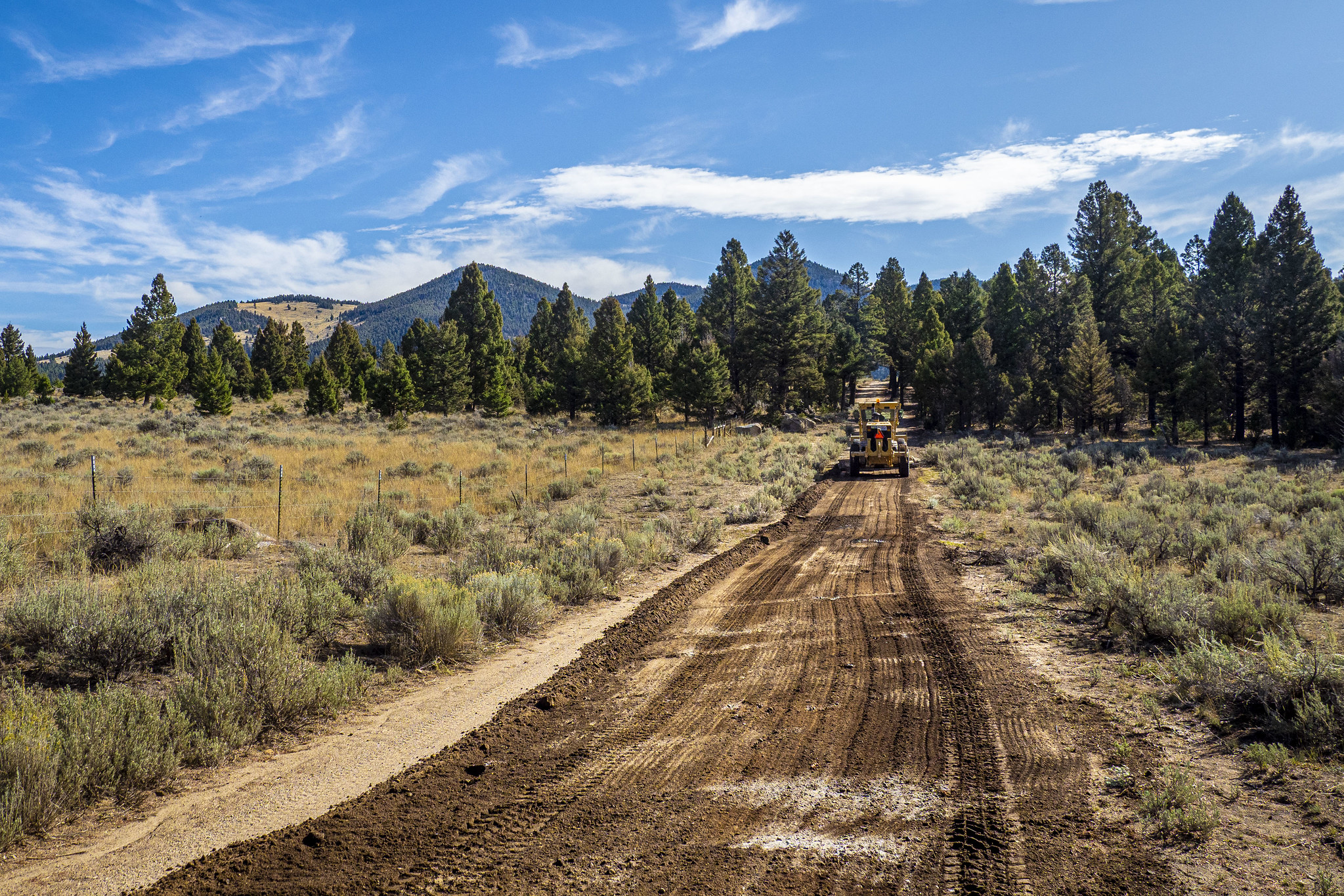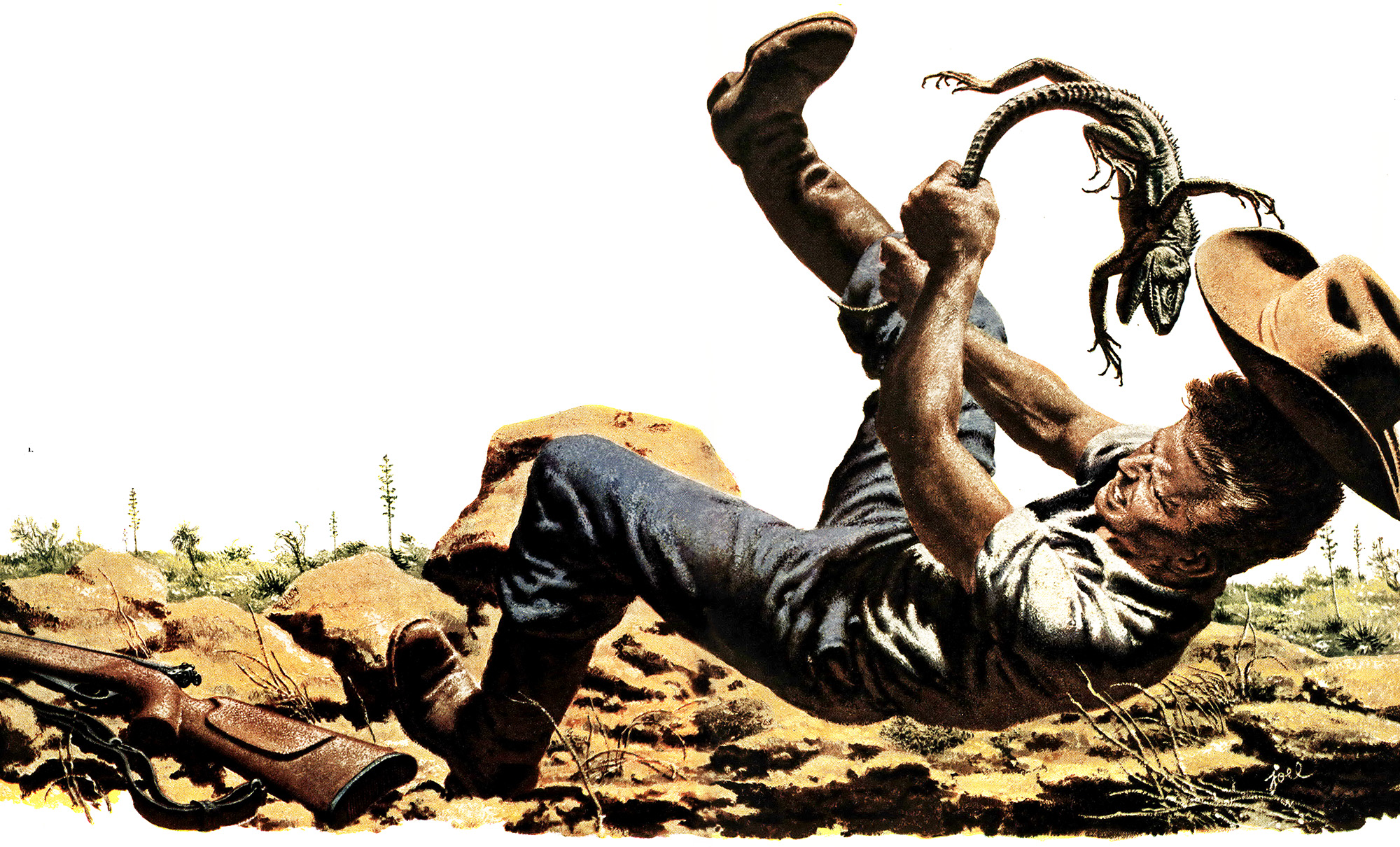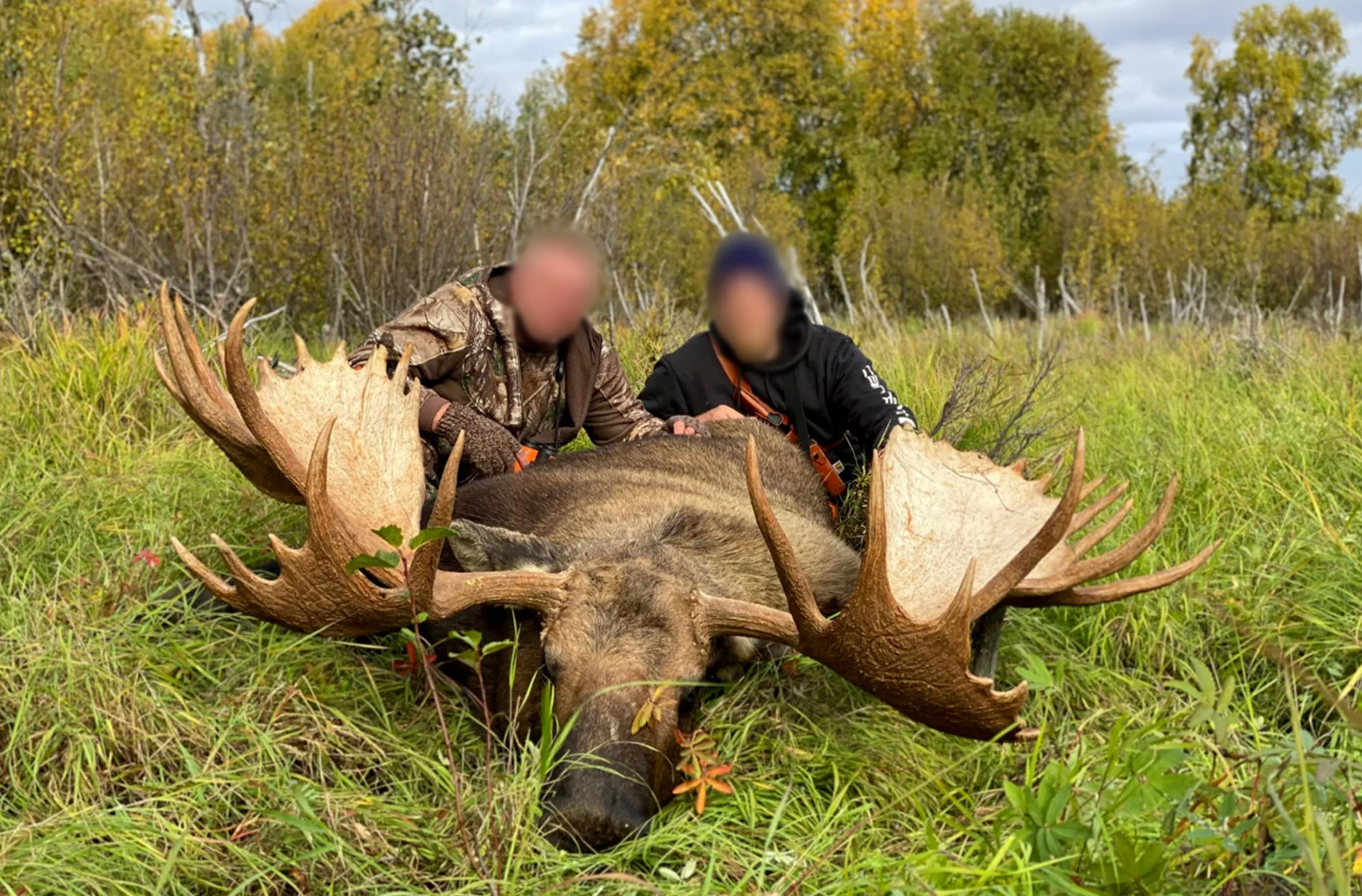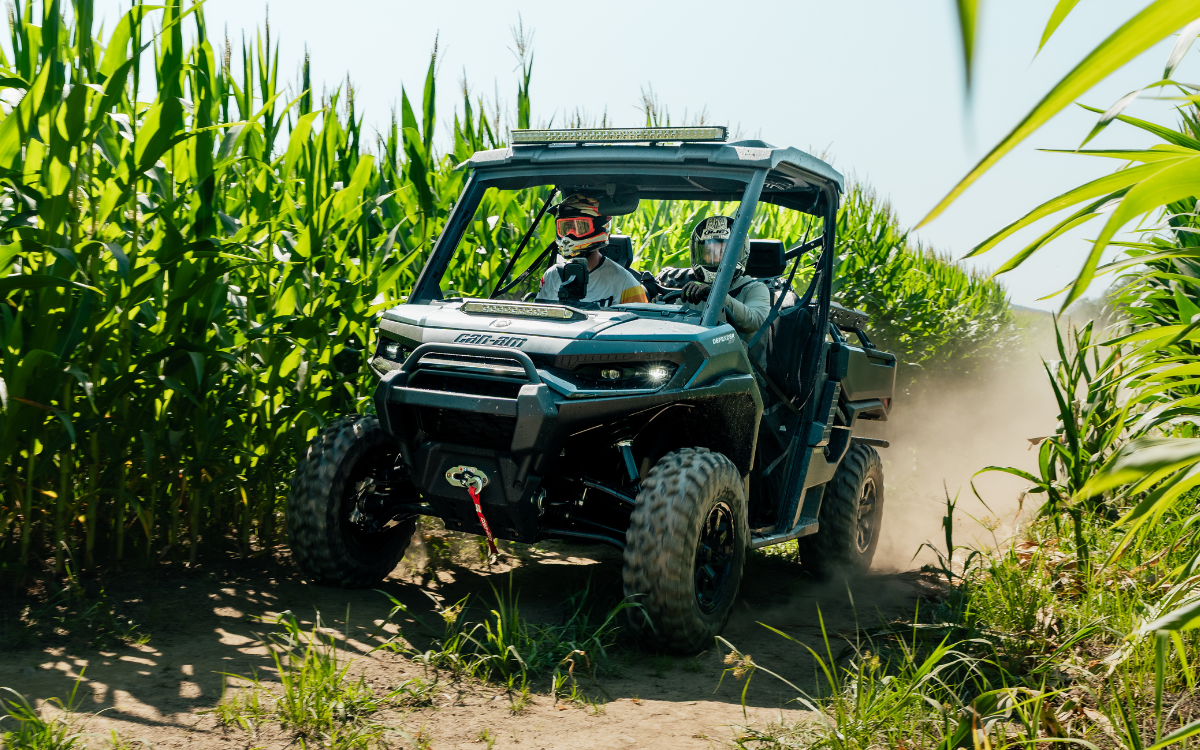Colorado Euthanizes Gray Wolf That Was Preying on Livestock

The challenges associated with bringing gray wolves back to Colorado were illuminated yet again last week. On Thursday, state wildlife managers made what they called the “very difficult” decision to kill a wolf that was preying on livestock on private land in Pitkin County, and which had previously been relocated from another county due to concerns around livestock depredations.
The lethal removal took place the evening of May 29 on an unidentified cattle ranch. It was the first time that officials with Colorado Parks and Wildlife have killed a wolf since the voter-led reintroduction effort began in 2023. It was not, however, the first time that CPW has dealt with this particular wolf, which was identified in an agency news release as gray wolf 2405 and a member of the Copper Creek Pack.
Read Next: The Wolf Pack Responsible for the Majority of Livestock Depredations in Colorado Will Be Relocated, Not Killed
Officials explained that the young male wolf had met their definition of “chronic depredation” after being linked to four such events in an eight-day period. They said those events occurred even with non-lethal deterrence measures in place. They pointed to “clear and convincing evidence” that 2405 was responsible for three of the cows that were injured or killed on several different ranches in Pitkin County around Memorial Day weekend.
“The decision to take lethal management action was very difficult,” CPW director Jeff Davis said in a statement. “Our wildlife biologists constructed a timeline of recent events that shows the depredation behavior met the conditions for chronic depredation that were defined earlier this year. We have great respect for these animals and take the removal of a wolf very seriously.”
Davis went on to explain that the action was meant “to discourage [the] other pack members” from preying on livestock. He said the agency would continue to monitor the behavior of those remaining pack mates “to determine if behavior has changed,” but didn’t specify what management actions might be taken based on that behavior in the future.
It’s also unclear based on CPW’s timeline of events whether wolf 2405 was acting alone, or if other members of the pack were involved in the depredations as well. That timeline cites GPS collar data, which showed “some wolves from the Copper Creek Pack were in the area” where the depredations took place on May 24 and 25.
A CPW spokesperson did not give a specific answer when asked by OL whether this collar data might indicate that multiple wolves from the Copper Creek Pack were involved in the Pitkin County depredations in May. The spokesperson clarified that 2405 was “a member of a pack determined to have met the definition of chronic depredation” and said CPW would post a full report with more information soon.
“[This] is not something that we take lightly,” CPW wolf conservation program manager Eric Odell said in Friday’s news release. “Removal of animals early in the restoration process is a balance between managing populations of wolves, while also assisting landowners in resolving ongoing conflicts with wolves.”
CPW also noted in Friday’s announcement that it is currently monitoring four potential dens across the state, and that more pups will likely be born this spring. That should bring Colorado closer to its eventual goal of a self-sustaining gray wolf population, while at the same time giving wildlife managers more GPS-collared wolves to keep track of. There are currently 23 collared wolves roaming the state, and their movements are updated monthly in a map maintained by CPW.
A Well-Known Wolf Pack with a History of Conflict
In many ways, the Copper Creek Pack has embodied how complicated and contentious Colorado’s wolf restoration process has been. The pack was formed by two of the 10 wolves that were initially brought over from Oregon and released in Grand and Summit Counties back in December 2023. The mating pair established a den in Grand County that winter and gave birth to five pups the following spring.
Read Next: Coloradans Who Oppose Wolf Reintroduction Can’t Agree on How to Try Ending It
Conflicts soon followed. Between April and July 2024, as wolf advocates celebrated the pack’s formation, CPW confirmed multiple livestock depredations by the pack’s two adult wolves. Ranchers in Grand County pleaded with both the state and the federal government to lethally remove the wolves, but their requests were denied. Although CPW’s policy director told commissioners at one point that the adult pair had caused “the main issues in depredation” among all the wolves that were relocated there from Oregon, the agency ultimately decided that killing the two breeding wolves would be “irresponsible” and could hamper its larger recovery goals.
CPW chose instead to capture and relocate the Copper Creek Pack in September. The male wolf died soon after capture, and one of the pups eluded officials, while the remaining four pups and the female were trapped and held at an undisclosed facility for several months. The five Copper Creek wolves were then re-released this last winter along with the 15 additional gray wolves that were translocated from British Columbia to Eagle and Pitkin Counties in January.
At the time of the Copper Creek Pack’s capture last fall, CPW acknowledged that relocation was not how it planned to handle those types of conflicts going forward. Ranchers, meanwhile, expressed their concerns that by relocating the wolves, wildlife managers were simply moving the problem instead of solving it.
Read Next: Colorado Parks and Wildlife Releases Second Batch of Wolves Amid Threats, Rumors, and Growing Controversy
“By refusing to manage problem wolves, CPW has allowed livestock depredations to continue unchecked, while fostering a pack of depredating wolves,” read an August 2024 letter from the Colorado Cattlemen’s Association to CPW director Jeff Davis. “Pups from these problem wolves will be trained to ‘hunt’ and survive off livestock.”
Read the full article here









